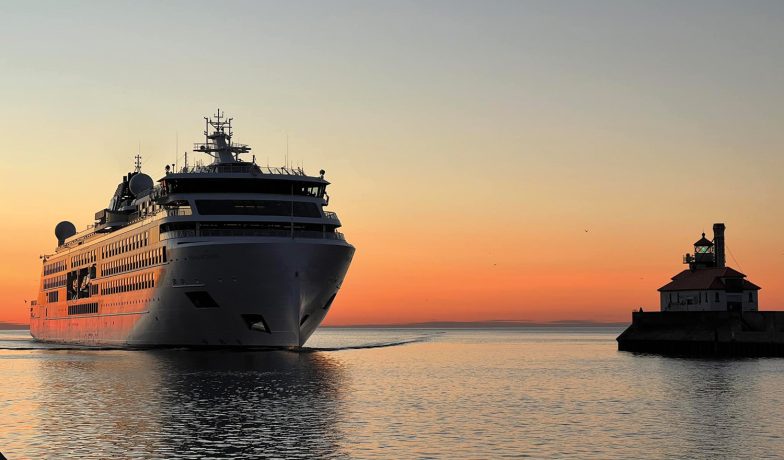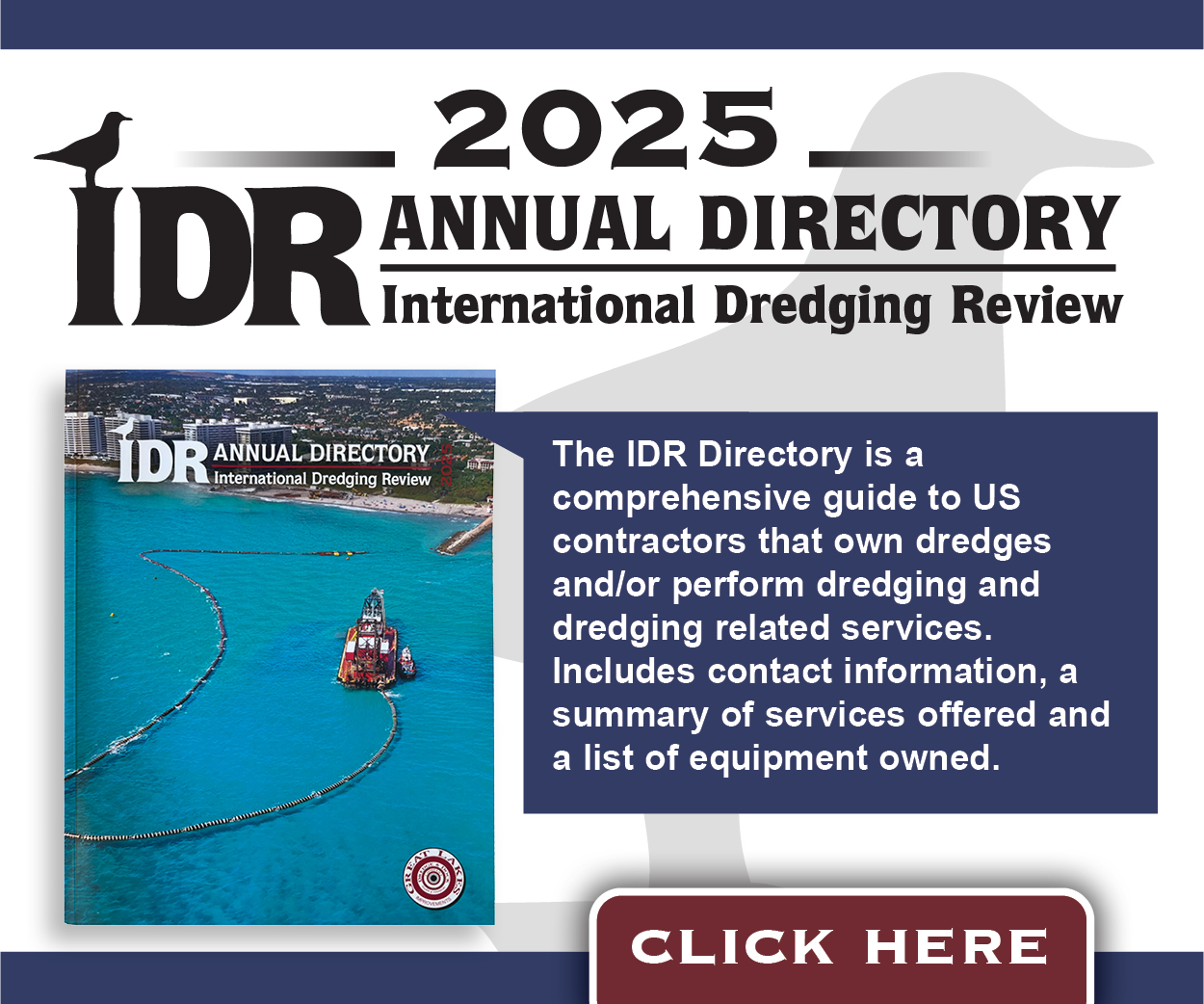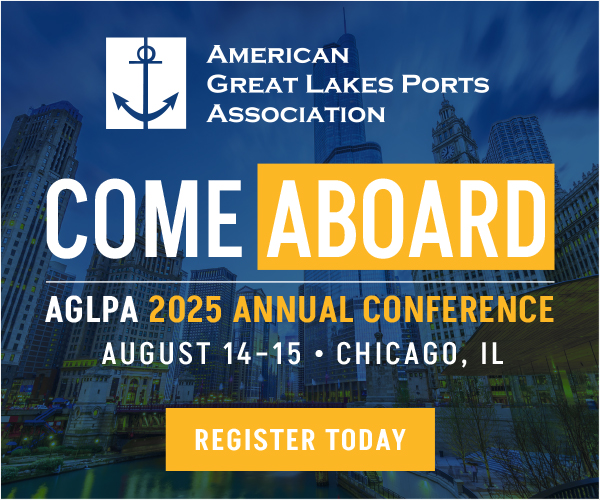Great Lake Cruising Exceeds Expectations
Ports prepare for another busy season
The ports and communities that support cruise ships in the Great Lakes just wrapped up their busiest season to date, but the focus is already on what lies ahead for 2024 and beyond.
Seven cruise lines accounting for 10 vessels traveled the Great Lakes this past year, making stops at 17 U.S. ports and 18 Canadian ports. The number of ports continued to grow with Escanaba, Michigan, and Buffalo, New York, having hosted their first ships in 2023. The number of visits also grew. In 2023, the Port of Québec welcomed 28 cruise lines and 41 different ships for 131 visits helping Québec City earn the title of Canada/New England’s Best Cruise Destination for 2023, awarded by Porthole Cruise and Travel Magazine.
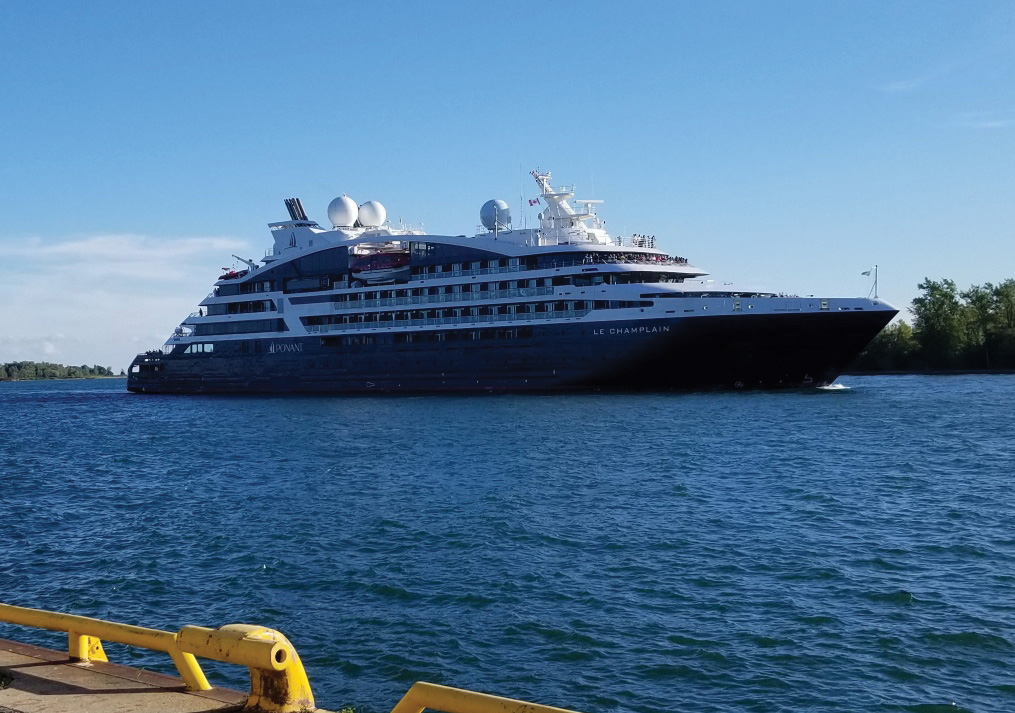
In addition to the number of visits, ports of entry for clearing also saw economic boosts. Passengers transiting the St. Lawrence Seaway, which lies between two countries, must receive clearance upon entry to the United States. The cities of Cleveland, Duluth, Detroit and Sault Ste. Marie, all benefit from housing U.S. Customs and Border Protection clearing facilities. Ports that serve as turn-around points, where passengers embark and disembark, report increases in hotel stays, restaurant dollars and tourism attractions from pre- and post-cruise packages. The Port of Québec experienced 32 turnarounds, simplified by the completion of Cruise Terminal 30. To ensure efficiency, the port takes no more than 15,000 passengers through two turnaround operations per day. On a smaller scale, in 2024, Duluth expects five turnaround days and 13 visits from five different cruise lines.
Cruising in Duluth
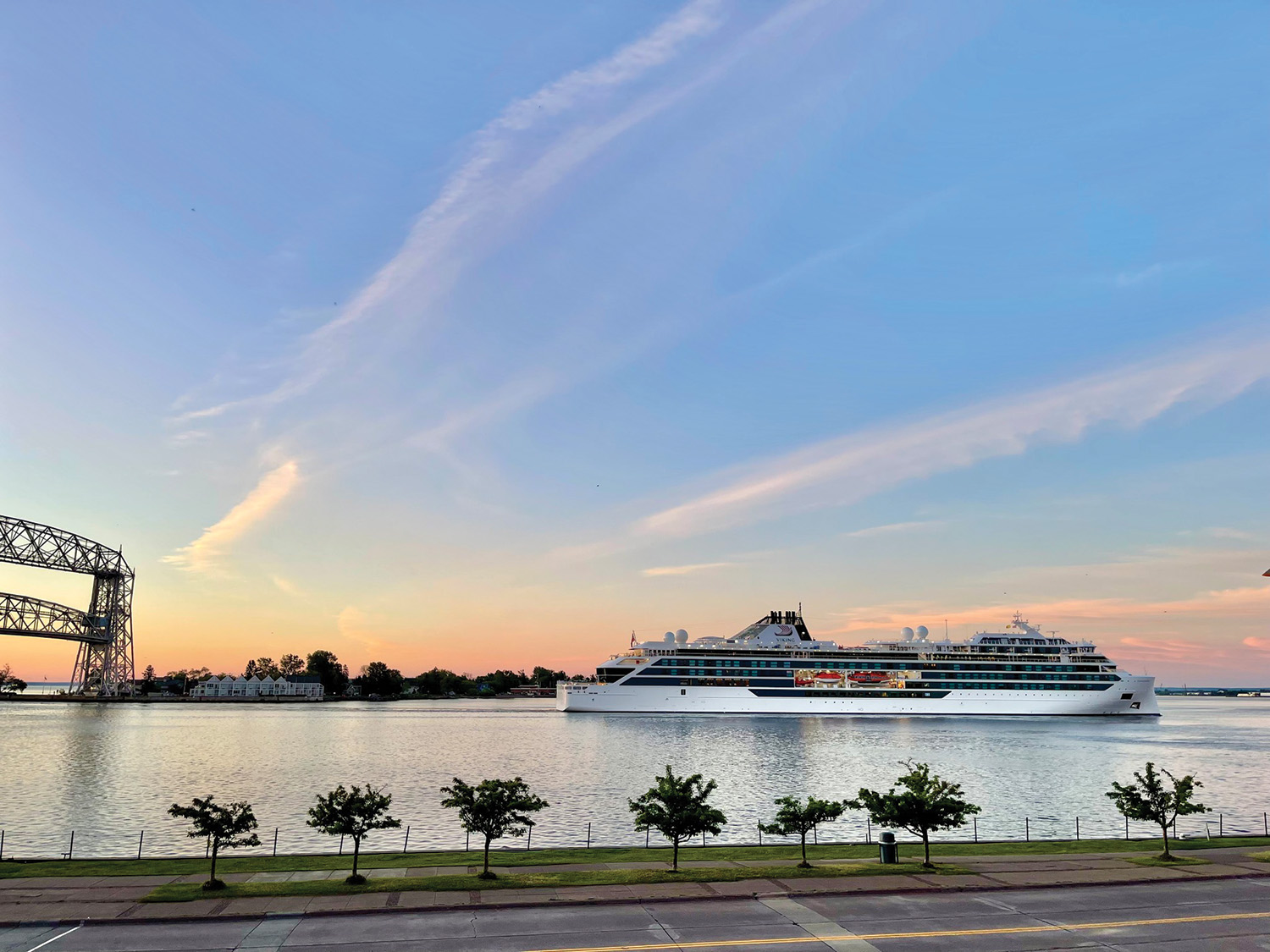
Duluth provides a prime example of the positive impact cruise ships can have on a community in just a short time. While the city has a history of hosting passenger ships back in the late 1800s, cruising eventually fell off, not to return in full until the spring of 2022. Cruising in Duluth took off from there with this past year, seeing 11 visits from four cruise ships. The direct economic impact from those visits was close to $600,000. According to Tricia Hobbs, senior economic developer for the city of Duluth. This past summer was the first time Duluth hosted turnaround visits, which helped boost the economic impact.
Ships coming into Duluth have two options for docking, depending on the services they require. Coastwise vessels requiring minimal services dock at Duluth Cargo Connect facilities, which house full seaway draft cargo terminals and provide bus access for passengers to reach their Duluth destinations. Vessels requiring Customs and Border Protection or turn-around services position within the Duluth Anchorage where they can use tender vessels to transfer passengers to the Duluth Customs and Border Protection Terminal. According to Hobbs, a seawall reconstruction will be completed in 2025 enabling vessels to berth directly next to the Duluth CPB Terminal, putting guests straight into the heart of Duluth’s Canal Park.
For the past two years, ships in Duluth stayed in port from eight to 12 hours. The first overnight visit is scheduled to occur in 2024, enabling passengers more time to explore local attractions like the Great Lakes Aquarium, North Shore Scenic Railroad or the Glensheen Mansion. The added visitation time is also a boon to the many locally owned restaurants and retail establishments. “Cruise passengers are often visitors who might not make their way to Duluth otherwise—coming from the East and West coasts, so this creates a great opportunity to introduce more people to Duluth and get them excited to come back and visit us again,” Hobbs said.
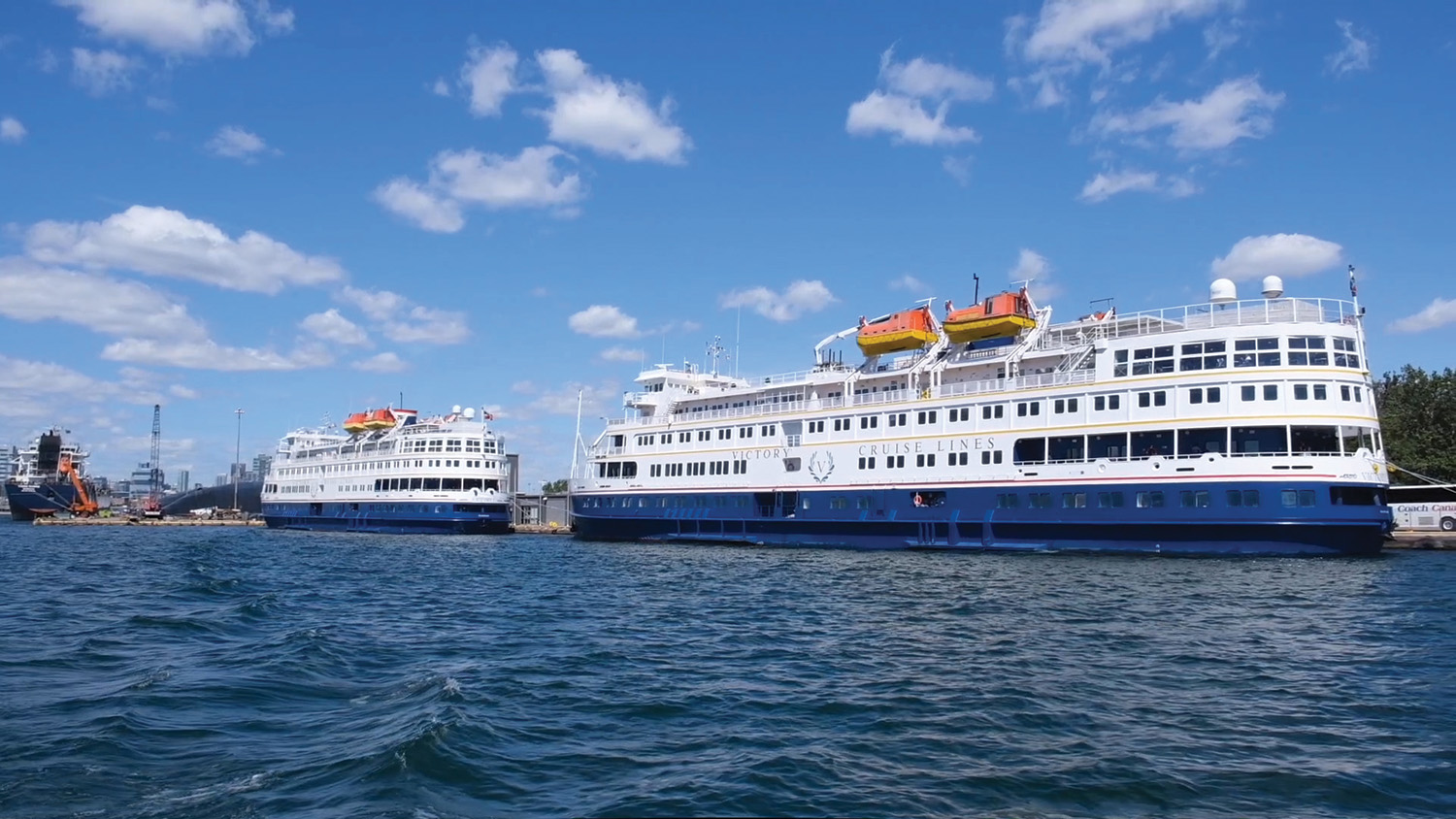
With the many benefits cruise ships bring to the city, local leaders in Duluth are exploring more ways to accommodate cruising through infrastructure projects like the reconstruction of Harbor Drive and dredging, and by continuing to support industries like transportation, lodging and tourism that impact cruising.
Like Duluth, many other ports are considering how to modernize their facilities to better serve today’s cruise ships. As technology advances, the methods by which cruise ships operate have seen some dramatic changes. Older ships built well before the technology boom are being retired, as is the case with several of the American Queen Voyages vessels which will not be returning to the Great Lakes. Advances in tools like radar and sonar, and the development of technologies like dynamic positioning, coupled with modern docking, navigation, heating and cooling systems, mean ships have more power needs than ever before, but are also under requirements to reduce their emissions. “In the future, ports will be serious about providing plug-in shore power so ships won’t have to rely on generators when they’re docked. Ports will also work more closely with the ships to clean up emissions and in turn, show a more environmentally friendly cruising industry,” said Stephen Burnett, executive director of Great Lakes Cruise Association.
Marketing the Great Lakes
Having the infrastructure to support cruising is only important if the interest from cruise lines to sail the Great Lakes continues to expand. All signs are pointing to that being the case, due in large part to the efforts of a coalition of cruising organizations. The Great Lakes St. Lawrence Seaway Development Corporation (GLS), in partnership with the Great Lakes Cruising Coalition (GLCC), Great Lakes Cruise Association (GLCA), Cruise the Great Lakes (CTGL), and Cruise the St. Lawrence (CTSL), were established to raise awareness of the region and build itineraries that incorporate all five Great Lakes and appeal to the global cruising market. According to Burnett, the organizations are focused on business-to-business, showcasing the area to cruise lines and letting the cruise lines market to potential passengers. “We get to know the cruise lines and use an economic argument with both them and local ports of how they can maximize their economies. Cruising is economic development so how can we increase the amount cruise lines spend in our communities and ports,” he said.
Because the cruise lines hail from different parts of the world, they bring in a wide variety of nationalities to explore the Great Lakes and take home what they experience. That’s not only good for the cruising industry, but also helps market the United States as a destination perhaps for further exploration.
The cruise ships on the Great Lakes are smaller than traditional ships with most ships carrying about 200 passengers and no more than 420. “If you want to get to know not just the other guests, but also the crew and have a shorter wait for shore excursions (22 minutes on average compared to more than an hour on larger ships), then the small ships offer significant advantages,” Burnett said.
Along with the smaller size, cruising the Great Lakes brings a wide range of experiences across one trip. “Each lake has its own microculture and geography. There are few places that have that complexity of cultures and traditions wrapped into a two-week vacation,” Burnett said. Visitors enjoy both cities and nature-based experiences across two nations, two Canadian Provinces, and several U.S. states.
The Great Lakes Cruise Association has a program called destination development where they put a magnifying glass on each area to find unique and distinct attractions and cruising routes. For instance, on the north shore of Lake Superior, the North Shore Inside Passage tour, offers passengers a chance to cruise off the lake into an archipelago and explore the communities that live there. There is also an itinerary that takes visitors by Zodiacs to view an extinct silver mine that lies under Lake Superior. “We look at finding new locations as product development,” said Burnett, “We take inventory of shore excursions, do a gap analysis to figure out what we don’t already have on our itineraries, and we work with the community to find unusual experiences.”
Another area being explored by Burnett and his group to reap economic benefits from cruise ships is the development of Galley Supply. They plan to push to have ships buy local and buy fresh for their onboard meals. The goal is to have ships boast that every meal was grown within 50 miles of each port of call. The concept has the support of Great Lakes Chefs, which engages working chefs within the port communities to develop local menus for the ships to bring in more local cuisines. Burnett said there are 130 growers and producers that can supply everything needed in a cruise ship kitchen.
This was the biggest year for cruising in this region yet and all signs point to continued growth. “My job is to look over the horizon and I see quite a few cruise lines interested in the Great Lakes. There are existing ships that can enter the Great Lakes and other ships in development,” said Burnett. Unlike some traditional cruise line ports of call, the communities of the Great Lakes are not worried about oversaturation and the damage that can come from too many visitors. “I’m looking out to 2030. We have 30-40 ports that are at least 15 years away from saturation and we don’t anticipate over-tourism. We have excess capacity,” Burnett said. In the near future, the ports and communities that line the Great Lakes will be doing all they can to roll out the red carpet for cruise ships.
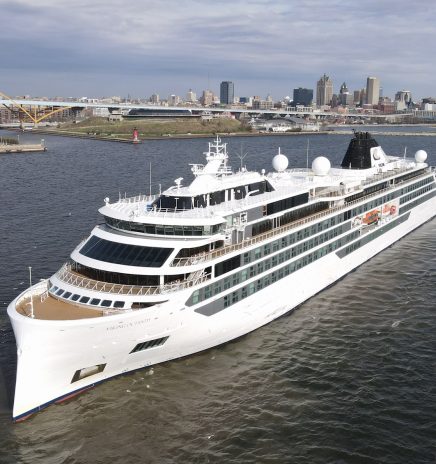
Great Lakes Ports to Welcome Thousands of Cruise Passengers This Season
Another passenger cruising season is well underway on the Great Lakes-St. Lawrence Seaway. According to Cruise the Great Lakes, the region’s cruise marketing program, more than 22,000 individual passengers are... Read More
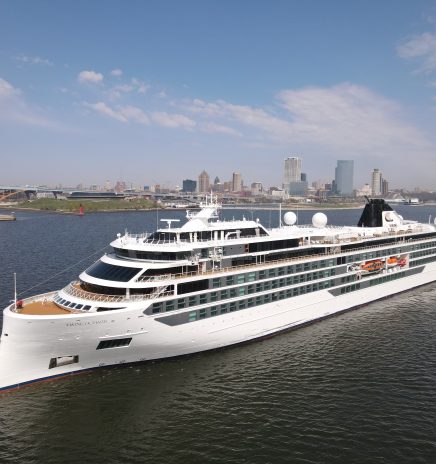
Great Lakes St. Lawrence Governors and Premiers Hires New Tourism Director
The Great Lakes as a cruising destination has seen a rise in popularity over the past few years, and Cathleen Domanico’s goal is that this trend will continue for the... Read More

